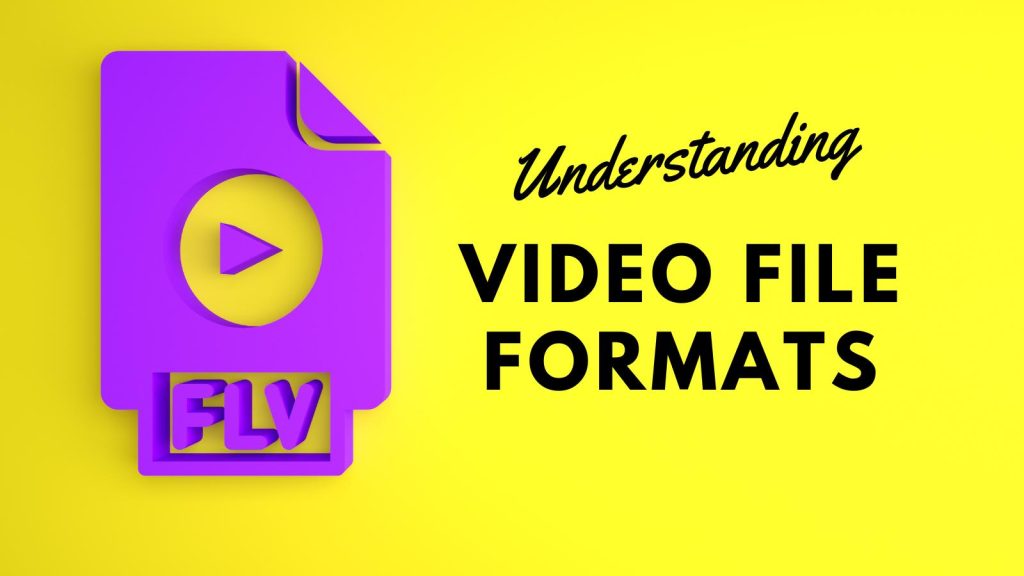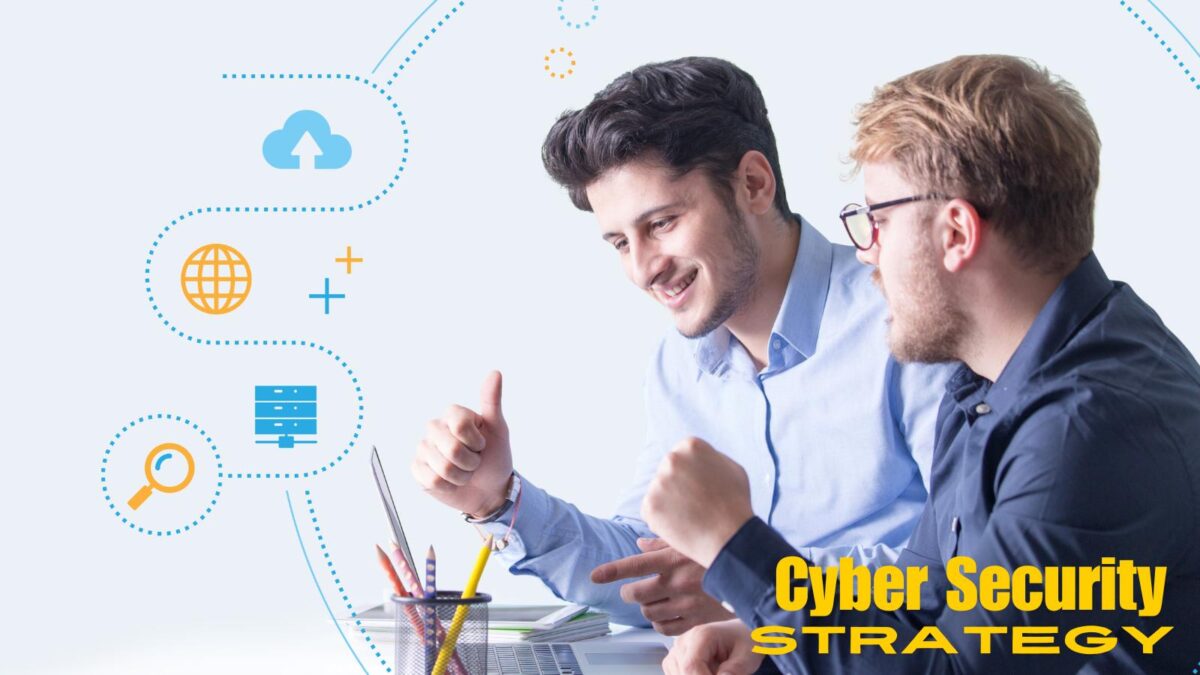Many people find it difficult to work with different video formats while editing videos. As video has become increasingly popular in social media marketing and blogging, it’s important to understand the various video file formats they come in.
To help with this, here are some video format tips that you can use to improve your videos. Even if you don’t like being in videos you can create them with Canva or with PowerPoint today.
Table of Contents
What Is A Video Format?
A video format is just a type of file format that specializes in storing video data. While many people often mistake the ‘extension’ of a video file as its format (e.g. MP4, AVI, or MKV) – that is actually just one part of it.
Understanding Video File Formats
Essentially every video file format consists of at least two parts: A container, and a video codec. Each of these parts has a different role to play, and you need to know about both of them.
Speaking of hot videos, you may have seen Ileane Smith recently reached 1 million views on YouTube. She’s been at it for years and has become very successful with video formats.

Video Containers
The role of the video container is simple: It holds together all the various elements of data (and metadata) in a single file. Typically the container will hold the video codec and video data, as well as the audio codec and audio data.
Because of the role it plays, the video container will determine the types of video and audio codecs that can be used in conjunction with it. Some video containers (such as MKV) support practically any and all codecs under the sun. Others (such as MPEG) are restricted to just a few codecs.
On top of that, the video container will also need to be able to hold the data from any other features that may be present in the video. Different containers support different features, but some of the more common features include captions, menus, streaming, variable bit-rate, variable frame rate, and so on.
Aside from that the video container also decides the extension of the video file. Therefore, is normally the most obvious part of the video format itself. I loved using Movavi Screen Capture for video tutorials. They are great for training!
Video Codec
In contrast to the container, the video codec is responsible for encoding the video data for storage, and then decoding it for playback. It does this by using algorithms to compress and store the data.
The compression used by video codecs can come in two types, ‘lossy’ and ‘lossless’. As its name implies ‘lossless’ compression will compress the video without discarding any data. So, the original version of the video can be reproduced in its entirety if need be.
On the other hand ‘lossy’ compression does discard some that it deems to be unnecessary.
By doing so it is able to reduce the file size of raw videos tremendously and make them much more manageable.
Compression In Video Formats
Most of the compression used by the video codecs you’re likely to encounter will be ‘lossy’, to ensure the file size is low. ‘Lossless’ video compression tends to only ever be used in professional video production situations, and even then managing and storing them can often be difficult.
All said and done, however, the key takeaway is that the video codec is important because it determines the type of compression that is used. Newer codecs offer better compression rates in general, and for example, the H.265 codec can compress H.264 videos by up to 50%.
That being said newer codecs may not enjoy the same support as older codecs. Hence, in some cases that can make them very difficult to view. It can also require a lot of processing power if the codec doesn’t have hardware support.
“What Is The ‘Right’ Format?”
Based on your understanding of video formats, you should be able to see that the ‘best’ format will be based on three main factors: Compatibility, compression, and features.
For example, MP4 with H.264 is the most popular video format currently. That is because it is widely supported across most devices and platforms. It supports most common features as well, and even though its compression is not as good as H.265 – it is a reasonable compromise.
In short MP4 with H.264 is a good starting point, and you could encode or transcode your videos to it easily. For example, you could use Movavi Video Converter and follow the steps at movavi.com/support.

The Right Video Format
Overall however the ‘right’ format will depend on how you want to use your video. Then, some of the common ways in which that could affect your decision are:
- For online platforms, it is best to use the recommended settings of the platform itself. It avoids the video being transcoded and data being lost. Normally that format tends to be MP4 with H.264, but there are some exceptions.
- For distributing videos the most important factor is to ensure it is compatible. It needs to be compatible with a wide range of devices and platforms. MP4 with H.264 is the natural choice in video formats.
- For playback on a known device or group of devices, you can check whether H.265 is an option. If it is then using MP4 or MKV with H.265 would be a good idea. It will reduce the file size of the video.
- For DVD video the best format is MPEG-2 – period. Although some DVD players have started to support a wider range of formats, the majority still only support MPEG-2. Therefore, you will need to use it.
- For video storage. It is always best to store a copy of the video in the form it was originally encoded in. If storage capacity is an issue, however, transcoding to a format with better compression may be necessary.
The Best Video Formats For YouTube
When it comes to uploading videos on YouTube, choosing the right format is crucial. The best video formats for YouTube are MP4, AVI, MOV, WMV, and FLV. MP4 is the most recommended format by YouTube as it provides high-quality video and audio compression that is compatible with most devices.
It is also a smaller file size, which makes it easier and quicker to upload. AVI and MOV are also great options as they offer high-quality video but are larger in file size. WMV is a Windows-based format that works well on PCs, and FLV is a flash-based format that is popular for web-based videos.
Choosing the right format can ensure that your videos look great on YouTube and reach a wider audience.
Understand Video Better Now
After all is said and done you can use your understanding of video formats and their containers. And the codecs to find the ‘right’ format quite easily. Even as newer formats are released you will be able to understand it.
That is why it is important to have a decent understanding of video formats. You know to know how they affect the video and its data. Don’t forget to check out our post on tips to create your marketing video here too!
Your Turn: Video Formats
Are you using video in your content marketing or social media strategy? I’d love to know more in the comments about how you are using video today.
- Top 10 UX Secrets Behind High-Converting Landing Pages - November 9, 2025
- Website Bounce Rate: What They Mean & How To Get Better Bounce Rates - November 7, 2025
- Algorithm Anxiety? Thrive When Platforms Change by Building Real Relationships - November 7, 2025





Hi Lisa,
Interest read here. Although I haven’t started using videos as a resource tool for my marketing efforts, it is good to learn the various formats and elements of a video. Your article is truly helpful for me.
Thanks for sharing??!
Lisa: Thank you for guiding us through the video jungle! I will mention your post to my webmaker. He is working on a video course on how to use WordPress.
All the Best,
Martin
You are most welcome Martin. I’d love to know how he is doing with it. What type of format for the video, Thanks for coming by Martin and enjoy the rest of the weekend!
Hi Lisa
Wow you’re really getting into the video tech aren’t you?
Video is SO important to build your online presence.
Whether you’re blogging or social media hopping… anything you can do to be visual and real will really improve your personal brand.
These are excellent tips for people to use to making good videos that people can connect with.
-Donna
Thank you Donna, I sure am trying to learn more as I want to increase doing video and learning about the different formats, etc. I know you have been doing great with Facebook Live. I’m waiting for the scheduling of Facebook Live, heard it’s coming soon! Thanks for coming by Donna and hope you are doing well these days. I hope to see you this coming winter on our trips up to Maine for snowmobiling!
Lisa you are so cool. Thank you muchly.
I learned a bit more of video – although not heaps – by adding embed codes to my blog for a bit. Then I published so many video posts that embeds really slowed things down. So I had to figure out where to nab the link for the video, for a simple link in.
Good to know of the code and container for future reference. Super helpful post here.
Hi Ryan, you are welcome. Good to know about it slowing down the blog. I don’t want that to happen! I plan on doing more, I have a few done but wanted to have the words on them as well. I started a new YouTube channel and want to expand on it. You surely have inspired me Ryan with all your videos! Thank you and have a great day.